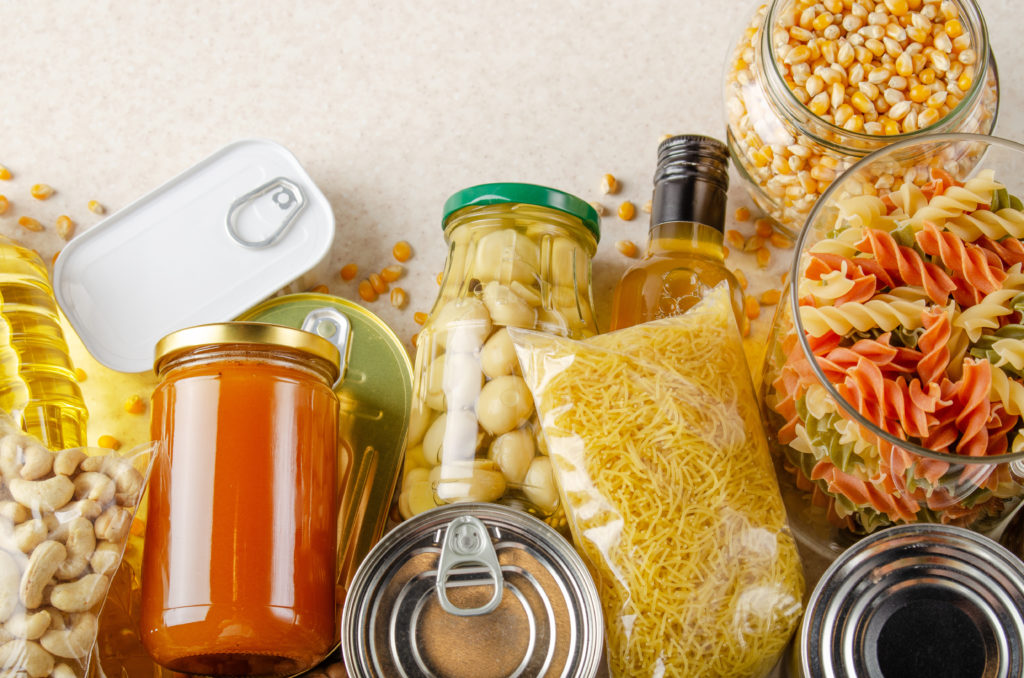
The phrase “processed food” is often mischaracterized as something people should avoid. This mischaracterization has unfortunately become too common and accepted by too many. When used to describe food, the word “processed” means a product that has been changed by being prepared, canned, frozen, packaged, or combined with other ingredients. Processed foods can undergo physical changes including chopping, mixing, baking, or frying, as well as chemical changes which can include fermentation, leavening, and preservation.
Examples of Processed Foods
Using this definition, “processed” describes many of the foods that help make up a balanced diet such as yogurt, sauces, low-fat cheese, and cut fruit. The food you cook from scratch can be described as processed.
Take a loaf of homemade sourdough bread for instance. To start, you need a sourdough starter, made by fermenting flour and water. From there you add more flour and some salt, followed by several rounds of proofing (leavening through fermentation), kneading, and folding. Before you even put the bread in the oven, you’ve made both chemical and physical changes to the ingredients that you started with – water, flour, and salt. By then, baking your dough in the oven you’ve once again changed your dough by adding heat.
But do you think of your fresh homemade sourdough as being processed? Likely not.
Or what about the dried pasta you may have stocked in your pantry at the onset of COVID-19? Similar to your homemade sourdough, the ingredients for the pasta – flour, salt, water, oil, and eggs – were mixed together in a large-scale mixer, pressed through a pasta dye, dried, and boxed so that you could buy it from your local store and keep it in your pantry until you need it.
The level of processing that a food product goes through isn’t always telling of nutrient levels and doesn’t have a direct association with the quality of a food product. Processed foods have gone through one or more changes before reaching the store shelf, and are typically designed to produce a food that is tasty, affordable, shelf-stable, and easy to access.
What Is the Role of Food Additives in Processed Foods?
Food additives are used in processed foods for many reasons, including to improve texture and stability, increase shelf-life, and enhance flavor. Food additives can be used for one or more reasons depending on the type of ingredient and the desired functionality in the processed food.
Food ingredients, including food additives, have been used in foods for hundreds of years for those same reasons. All ingredients listed on food labels are approved for use by the U.S. Food and Drug Administration (FDA) or have been determined to be generally recognized as safe (GRAS) by qualified experts after a review of the scientific evidence supporting their safety and intended use in foods.
What Does This Mean About the Food I Eat?
At the end of the day, processed foods, whether packaged, canned, jarred, or frozen, are an important part of the American diet, allowing us to buy foods that are more affordable, have longer shelf lives, and reduce preparation time. Food additives also help make the wide selection of tasty organic, vegan, gluten-free, kosher, and other diet-specific food options possible.
Processed foods are can be part of a balanced diet and shouldn’t be thought of as something to fear. When it comes to a balanced diet, it’s about eating nutritious foods, not necessarily monitoring the processing level of the foods you eat.
